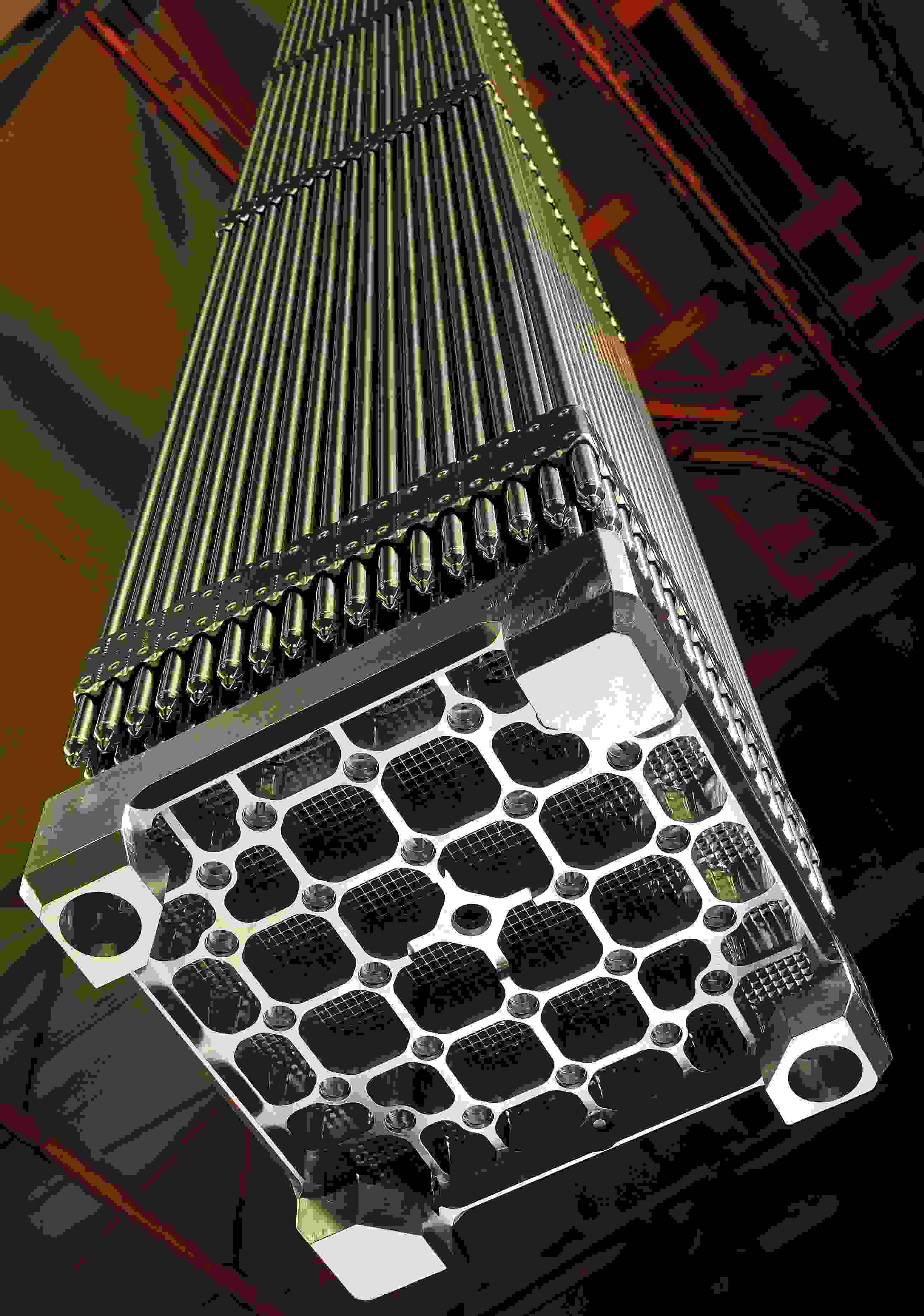Two-phase flow thermohydraulic
As CATHARE code users we can provide special services for thermohydraulic based studies:
- CATAHRE 2 to CATHARE 3 data set translation
CATHARE dataset writing and modeling of hydraulic circuits from scratch: 0-D, 1-D and, 3-D components
vessel, steam generator, nuclear facility, pipes, pumps, valves, heat exchangers, expansion vessels, pressurizers, nuclear fuels, implementation of singular head losses ….
Transient and steady-state calculations (normal and incidental operation ). Regulation processes.
Calculations of serious accidents, big breaches and small breaches (LOCA), overpowering, loss of flow accident (LOFA)…
Neutron couplings (use of the kinetics module of CATHARE).
- Workflow optimization using PYTHON scripts


